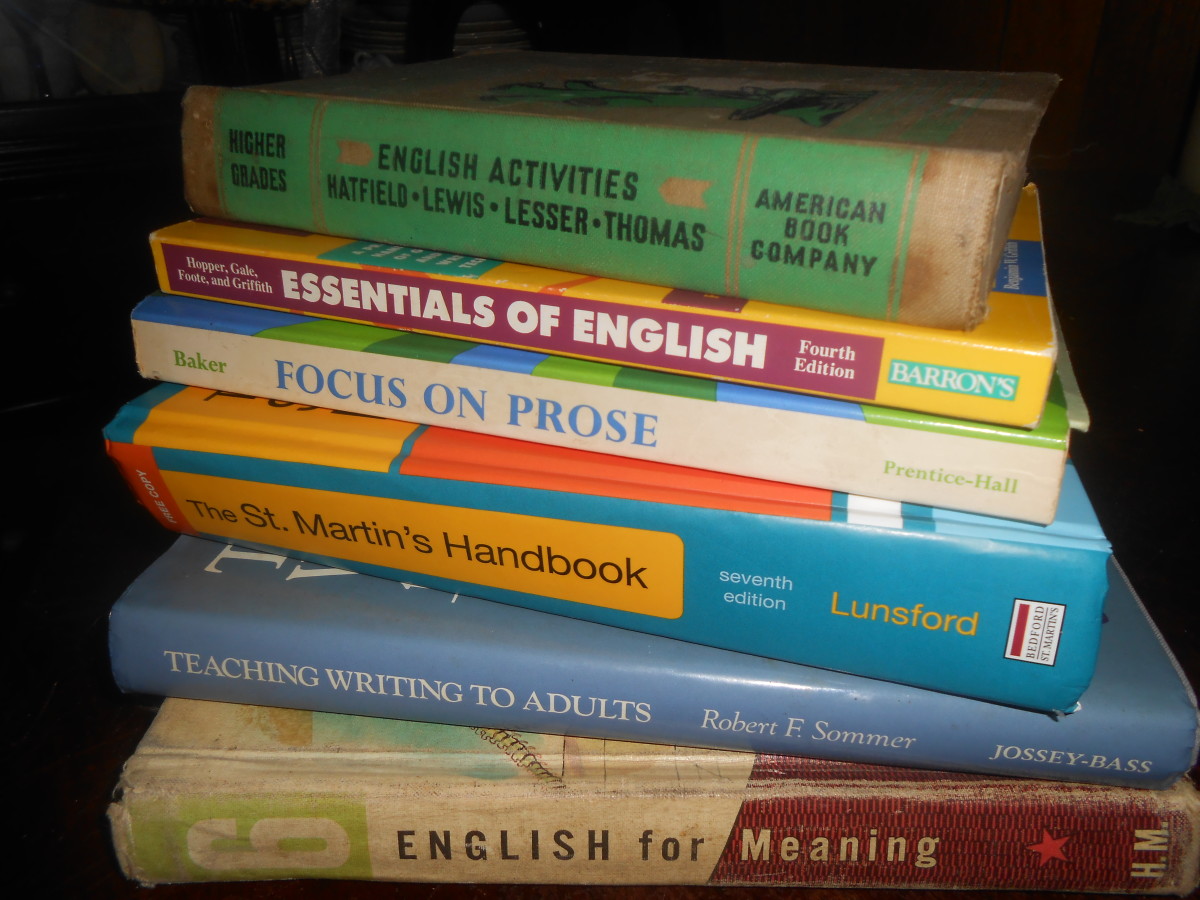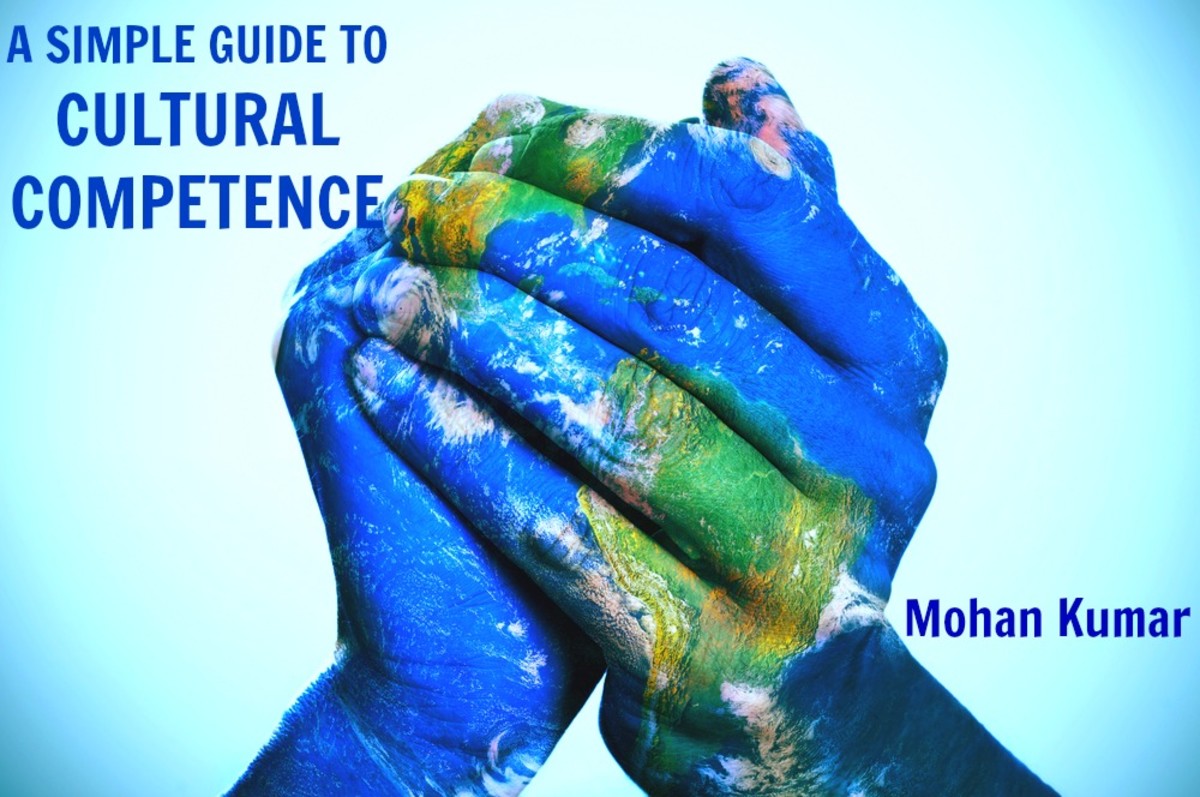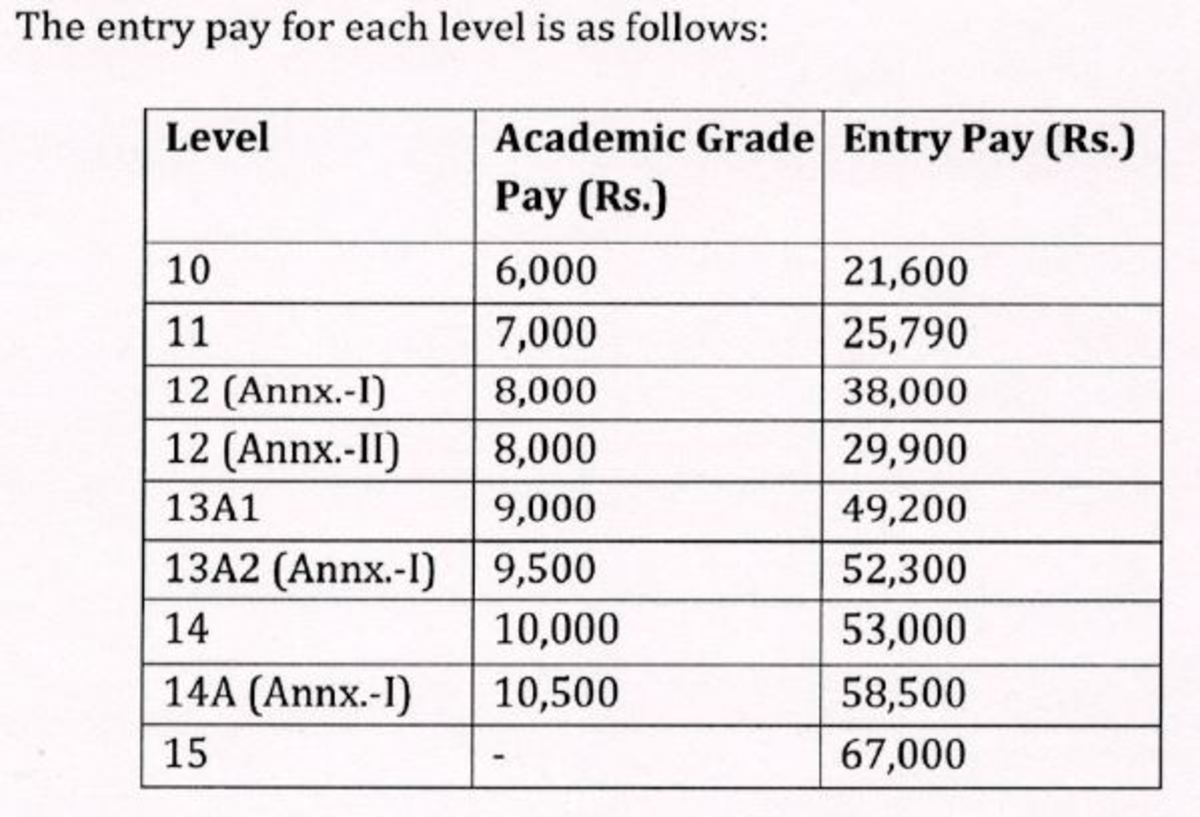Common Core Standards: Do My Lessons Fit?

Do I Have to Completely Start Over?
As New York State (and most of the United States) moves into the Common Core Standards in the 2012-2013 school year, teachers can only think about how much work it is going to be aligning our already set in place curriculum to the expectations of the state. We have all seen the EngageNY video series of the shifts in education and what that means for our classrooms. It is overwhelming, especially when one considers how little time we have in the school year.
Does all this change mean we have to redo everything? Unless you had a really loose interpretation of the previous English Language Arts standards, your lessons won't entirely have to change to fit with Common Core; you will likely be able to build off of what you already do.
Give Me an Example
First and foremost, it is important to break down the standards, so you can fully understand what is expected in your particular grade. I will be using the New York State English standards, old vs. the Common Core.
The old standards were incredibly vague. For instance, "Standard 2: Students will read, write, listen, and speak for literary response and expression."
It leaves a lot open to interpretation, even with this description that accompanies it:
"Students will read and listen to oral, written and electronically produced texts and performances, relate texts and performances to their own lives, and develop an understanding of the diverse social, historical, and cultural dimensions the texts and performances represent. As speakers and writers, students will use oral and written language for self-expression and artistic creation."
A lesson that may stem from this standard may have been one where students would read a piece of literature, or several pieces, and connect them to their own lives as well as the other texts in some way, either written or orally. The text studied could be a range of various genres and the product could be many different things.
Now, take a look at Common Core Standard RL9.6:
"Analyze a particular point of view or cultural experience reflected in a work of literature from outside the United States, drawing on a wide reading of world literature."
It is much more specific, which some argue is a good thing and others argue against, but at least we have direction now. At least for English 9, there is a stress on world literature (this appears in other standards as well), which though vaguely referenced in the old standard 2 where students are expected to "...develop an understanding of the diverse social, historical, and cultural dimensions the texts and performances represent," we are guided now to focus even more specifically on a specific point of view or a particular experience from an outside culture.
Maybe you were already focusing heavily on world literature; if that's the case, you are golden. For those of us who weren't, we now know we have to figure out how to get students to perform a task we may have given a nod to in previous lessons. When it comes to world literature in English 9, how wonderful is it that they are simultaneously taking Global 9! There is no better way to include world literature than to pick the brain of the Global teacher and to see what specifically would match up with his or her curriculum.
Again, many of us English teachers do work collaboratively with the Global teacher, but now we are guided to find text that portrays points of view and cultural experiences. And while this is a standard in the Reading Literature section of the Common Core, it presents itself well for a primary source text. And while it is one standard among many, developing a project where students analyze the point of view from an outside culture text will certainly invite the opportunity for more standards to be covered as well.
Take for example Common Core Standard RI9.3:
"Analyze how the author unfolds an analysis or series of ideas or events, including the order in which the points are made, how they are introduced and developed, and the connections that are drawn between them."
Not only can we have our students dig into the primary source, understand a cultural experience or event, we can have them use that informational text to dissect the author's writing choices and how they impacted the presentation of the information.
Another standard that could be intertwined is Common Core Standard RI9.6:
"Determine an author’s point of view or purpose in a text and analyze how an author uses rhetoric to advance that point of view or purpose."
Analyzing a point of view or a cultural experience from the first person perspective would likely give ample opportunity for students to also analyze how rhetoric was used to support the initial purpose. In order to do that, some supplemental information may have to be given so students can understand the connotation in the piece. In doing this, we are building up the second part of Common Core Standard RL9.6 "...drawing on a wide reading of world literature."
Workload Overload
It certainly seems like a lot of work, especially if it requires you to revamp every aspect of your curriculum. What is important is not necessarily incorporating everything this year and making the perfect Common Core Curriculum map. It is building yourself up, making changes here and there in the direction of Common Core. It is looking for opportunities to incorporate other standards to build up your lesson and your students skills. No one is expecting you to be perfect this first year and you shouldn't have that expectation for yourself. Look at it as a challenge, a challenge that you are going to overcome and you will come out the other side a better, stronger teacher.









